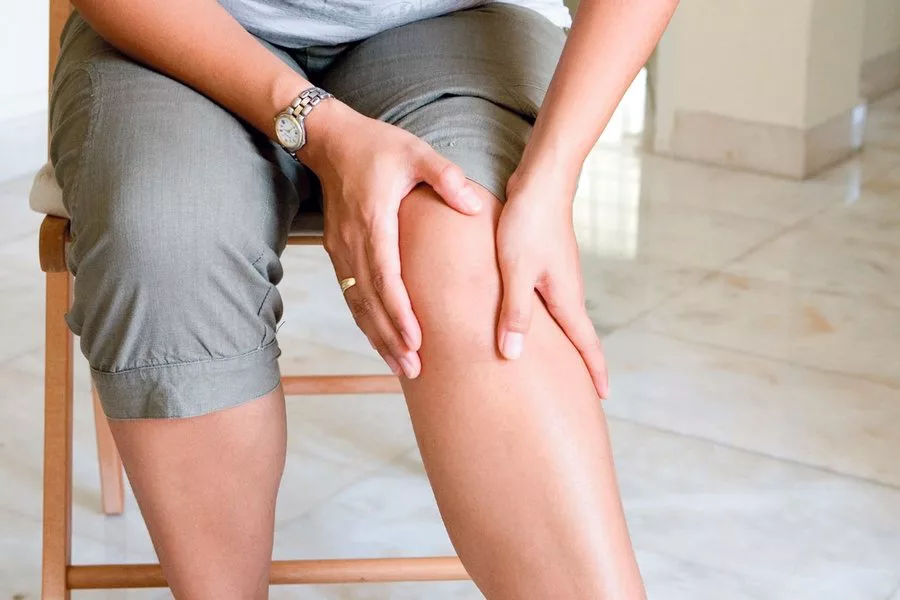Arthroscopy - The Joint Healer
March 30, 2016
Arthroscopy simply means 'looking inside a joint'. Modern day techniques allow us to do this by means of an arthroscope, which the surgeon inserts into the knee joint through an incision, hence the term 'keyhole surgery'. A second small incision (cut into the skin) allows the passage of instruments into the knee joint to deal with any abnormalities.
"With arthroscopy, degenerated and worn cartilage can be smoothed, reducing inflammation" - Dr KP Kosygan, Consultant Orthopaedic Surgeon, Specialist in Joint Replacement & Arthroscopic Surgery.
Arthroscopy requires only small incisions around the knee which allow the insertion of small instruments, about the size of a pen or pencil. With arthroscopy, degenerated and worn cartilage can be smoothed, which reduces the inflammation. Additionally, the lining of the knee (synovium) can be trimmed and this also decreases inflammation. Patients who have knee arthroscopy almost always go home the same day.
Arthroscopy is recommended in severe cases when there is no other option but surgery. Some of the circumstances when arthroscopy is recommended include:
- Removal of cartilage tears - Meniscal tears are a very common problem. Any tears of the menisci can lead to loose flaps which can get caught between the bone surfaces causing severe pain.
- Biopsy is often carried out for recurrent knee pain and swelling when there is no obvious cause such as a fall or injury. Inflammation of the joint lining could be a cause, with the inflammatory joint disease often seen following a recent cold or flu.
- Osteoarthritis is the wear and tear of the joints caused by advancing age. This is the commonest form of arthritis and is due to a gradual deterioration of the joint lining. Other signs of this wear and tear are the gradual stiffening of the knee joint and moderate swelling of the joint and changes seen on X-rays.
- Removal of loose fragments of bone or cartilage.
- Reconstruction of torn ligaments.
Almost all arthroscopic knee surgeries are done on an outpatient basis. Usually, the patient will be asked to arrive at the hospital an hour or two prior to the operation. It is important that the patient does not eat or drink anything after midnight, the night before your surgery. At the conclusion of the surgery, the surgeon will close the incisions with a suture or paper tape and cover them with a bandage.
Visit your nearest Apollo Spectra Hospitals to get your joints tested. Or call 1860-500-2244 or mail us at [email protected].
NOTICE BOARD
CONTACT US
CONTACT US
 Book Appointment
Book Appointment


.svg)
.svg)
.svg)
.svg)








